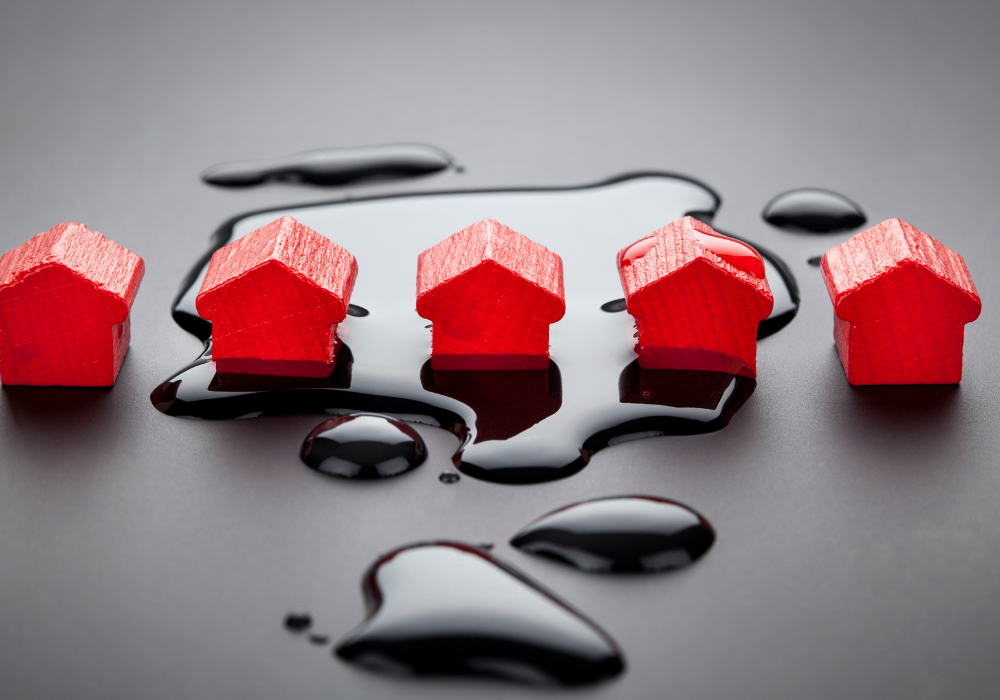In the popular Seattle-based novel, “Where’d You Go Bernadette,” several characters are having an argument about removing the jungle of blackberry bushes ever present in the Pacific Northwest from a hill behind their homes.
One of them finally gets a backhoe to take the bramble away, and a few days later (spoiler alert!) a rainstorm dislodges the muddy bank once held together by the blackberry bush roots, causing the hill to slide right into the other neighbor’s home. If the characters weren’t feuding before that scene, they certainly were after!
A traditional homeowner’s insurance policy would likely not cover the tremendous damage caused by mudflows, flooding, landslides or mudslides. That’s why it’s important to make sure that if you live in a high risk area for these events, (or if you have a neighbor who will take out a bank of blackberry bushes without warning in the middle of the night) that your home and property are adequately protected.
It’s also important to understand the difference between these types of events because they’ll affect what type of insurance you should consider adding to protect your property. Mudflows or flooding would be covered under a flood insurance policy. Caused by heavy rain, mud and water travel across traditionally dry land and seep into houses, damaging possessions, walls, and wiring.
Landslides or mudslides are considered more serious, as they can cause fatalities. Earthquakes, heavy rainfall, wildfires, human excavation, and runoff areas are all places where these slides can occur, especially when water quickly accumulates in the soil, displacing rock and debris. These slides can take out houses and cause severe damage to communities.
For protection against events like landslides or mudslides, you’ll want a “Difference in Condition” policy, which can vary in cost depending on how steep the slopes around your property are.
It’s important to understand when certain areas might be more at risk, so you, your family, and your friends are safe. The US Department of the Interior has a list of warning signs that your neighborhood might be at risk. Some of these include new cracks or bulges in the pavement, soil moving away from foundations, sunken roads, a sudden decrease in creek water levels, especially if the rain is still falling, and saturated ground that is not usually wet.
When you buy a home near steep grades, research the history of the land. Areas with landslides before are considered high risk. You can also get a ground assessment of your property to help understand risk.
Contact a Sea Mountain Homeowners Insurance Specialist for questions about the property and homeowners insurance that’s right for you.
